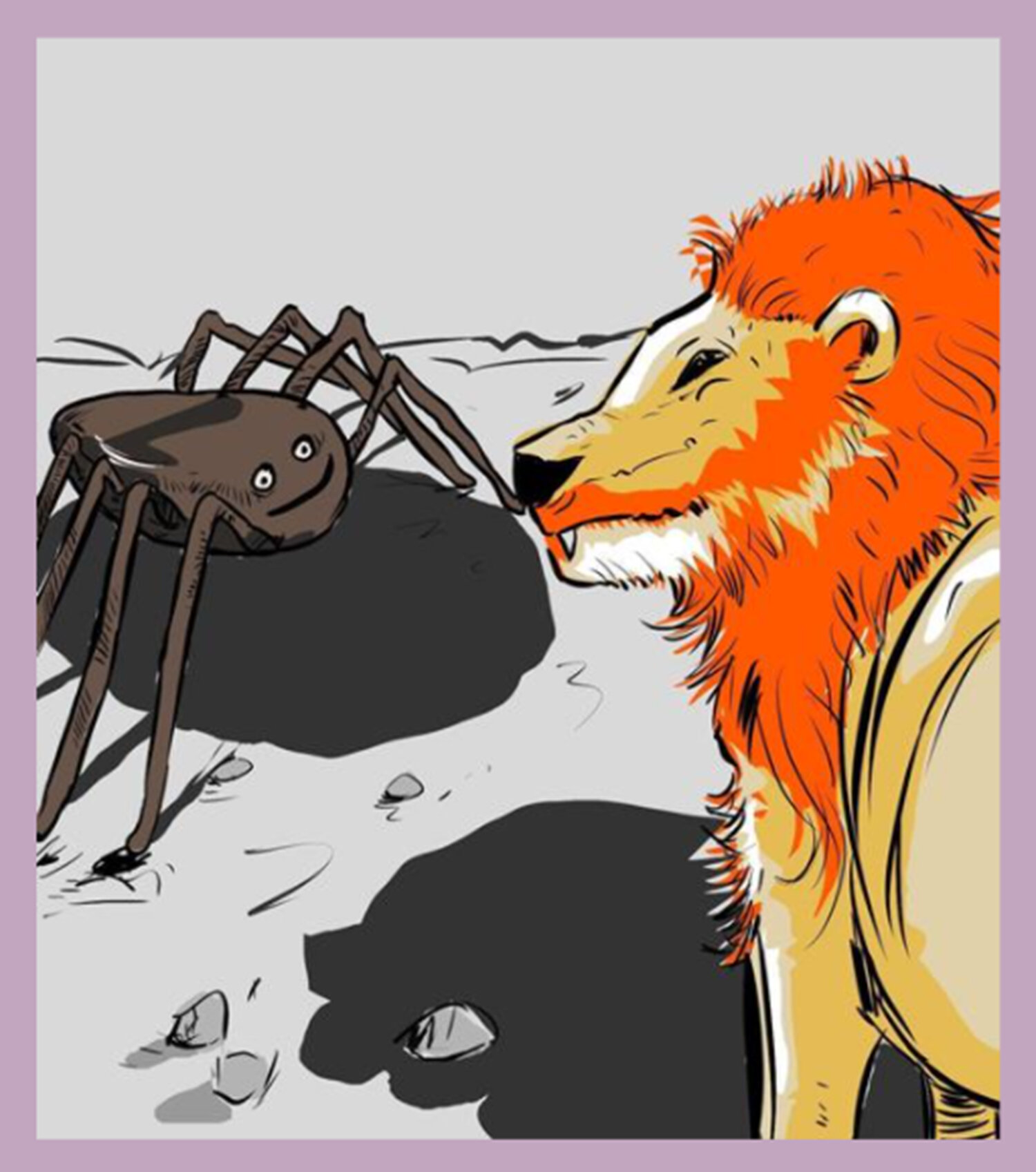Math Stories
/a Guest post by Elisabeth Gerger
“Lion was king of all the animals. He was also the custodian of the animals’ food chamber. He gave the most food to the large animals and the least food to the small. But one day, Spider, the smallest animal in the kingdom, decided she was tired of always receiving the least. ...”
We all love stories. As Jonathan Gottschall explains in ‘The Storytelling Animal: How Stories Make Us Human’ : “We are, as a species, addicted to story. Even when the body goes to sleep, the mind stays up all night, telling itself stories.”
Most forms of early education incorporate stories as part of the learning process. So why do we so rarely use this love for stories to help children learn—and even love (!)—math, and see the relevance of doing math? Math should be taught in a way that helps pupils realize how it is relevant to everyday life and is used all around them. That’s what mathematical stories are all about. They are stories in which mathematical ideas are integral to the theme and plot of the story. The Lion and Spider story mentioned above is actually a mathematical story. Spider suggests that Lion change the law and distribute food according to the number of legs. That way, Lion will receive as much as Elephant. Lion is impressed and changes the law, only to find that Spider now receives twice as much food as he himself does! In the end, Lion follows another one of Spider’s suggestions and passes one final law which states that food would be given according to the number of legs in a family. He himself has a wife and four children. This story can be used to introduce multiplication. Teaching instructions at the end of the booklet suggest writing down the names of everyone in Lion’s family and the number of each one’s legs. These legs are added, and the teacher then shows that multiplication is repeated addition. Pupils could then calculate the number of legs of humans (e.g. their own families) or of spiders.
Children love solving riddles and interesting challenges. A good mathematical story is much more than a veiled word problem. It has an interesting plot that builds tension and engages children’s attention by allowing them to imagine themselves in the story—helping the characters solve their problems… with math! This kind of learning enables children to engage with mathematics as active participants.
Mathematical stories enable children to tackle all sorts of challenges. As Social Practice Theory points out, in everyday life, math practices involve relationships and are linked to values and beliefs. For example, Spider uses her math skills to selfishly increase her own food supply.
I also love it when stories have unexpected and fun twists or endings. At the end of our story about the number of legs, Spider, hitherto unmarried, goes and marries Centipede, who has 100 legs! Just imagine the mathematical possibilities when those two have children!
PS: You can find the Lion and Spider story in the online Bloom Library at THIS LINK. We’ve also created a list of a number of Bloom Math stories, at this link.


